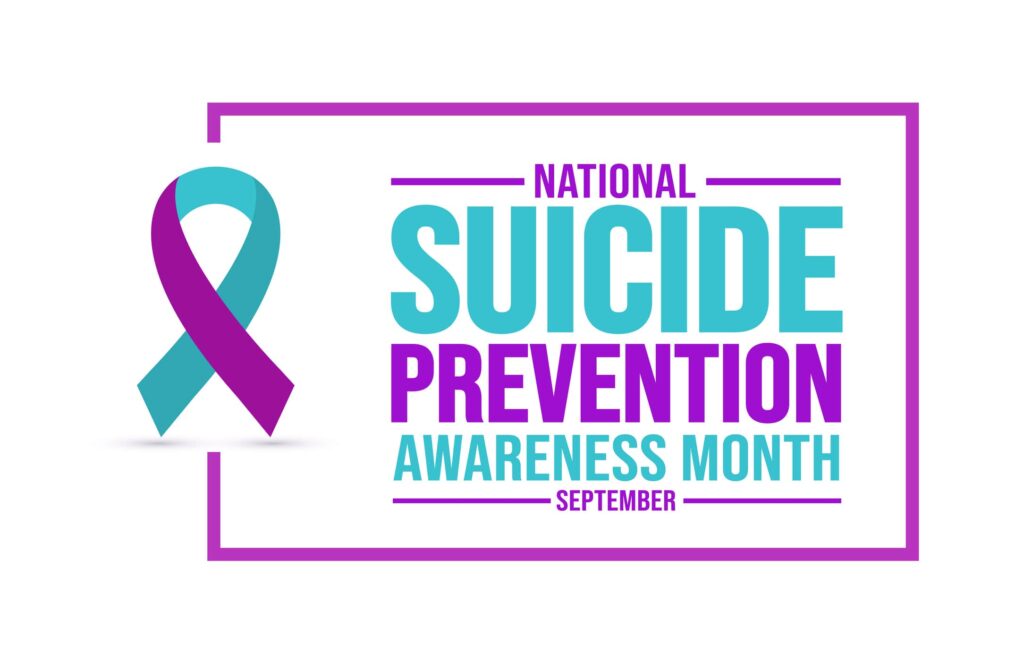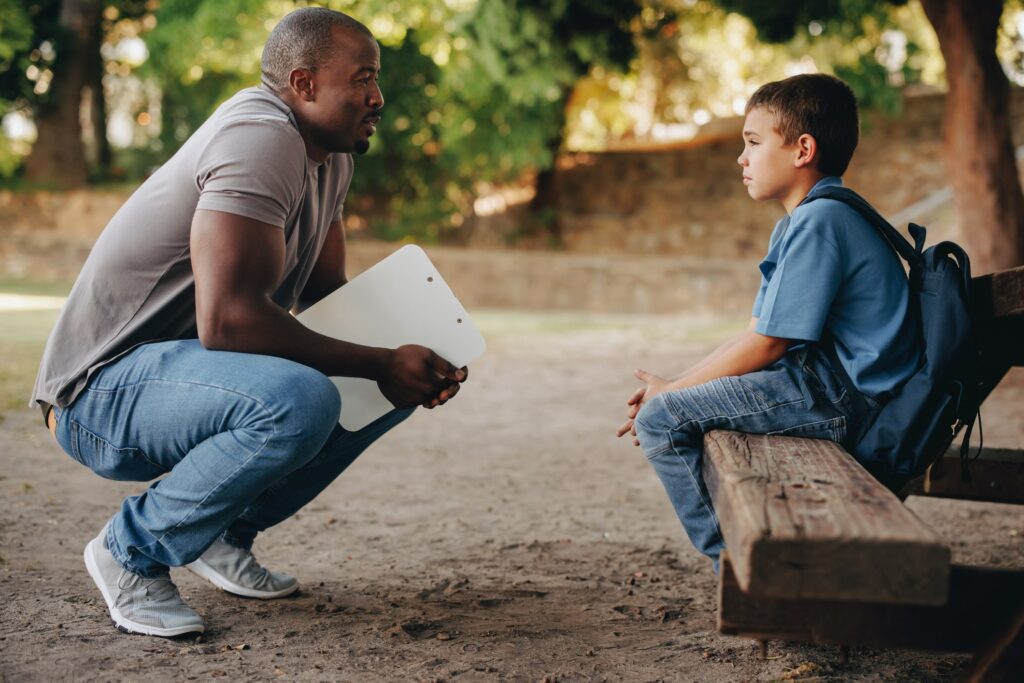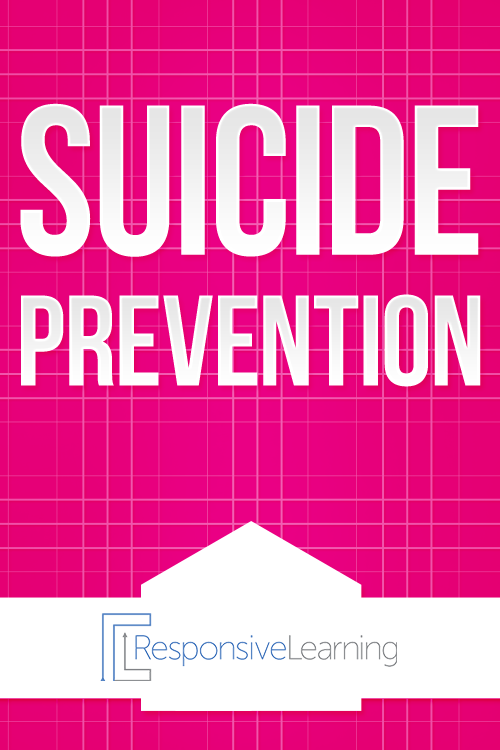In an era where the mental health of our youth is under siege, the role of educators and school staff has never been more critical. The alarming statistics reveal a grim reality: among school-aged children, suicide tragically stands out as the primary cause of mortality. As highlighted in our free Suicide Prevention course, “The tragic reality is that the leading cause of death among school-age youth is entirely preventable.”
Risk Factors to Look For
Understanding the risk factors associated with suicide can literally be a lifesaver. These include:
- Mental health issues
- Substance abuse
- Family history of suicide or abuse
- Social isolation
- Previous suicide or self-harm attempts
“None of these factors mean that a person is certain to commit suicide or a ground for discrimination or singling out,” our course cautions. However, mindful awareness of these factors can help educators and school staff take proactive steps.
Spotting the Alarms of Suicidal Behavior

Warning signs are immediate indicators that a student may be contemplating suicide. These signs can range from subtle to extreme and include:
- Direct or indirect threats of suicidal thinking
- Behavioral changes, especially if sudden or drastic
- Risk-taking, aggressive, or reckless behavior
It is vital to recognize these red flags and do everything possible to address them immediately before a student has the opportunity to act on them.
Fostering Resilience to Counter Suicide Risk
While risk factors and warning signs are crucial, it’s equally important to focus on protective measures that can mitigate the risk of suicide. These include:
- Family, community, and peer support
- Healthy and non-violent problem-solving skills
- Access to medical and mental healthcare
Schools as Safety Nets for Mental Health

Schools are more than just centers for education, they are also communities where students should feel safe and supported. Educators and school staff have a unique opportunity and obligation to watch for warning signs of suicide among students and create an environment of safety and trust.
Steps Schools Can Take
- Educate the Student Population: Teach students to recognize warning signs and how to seek help.
- Involve Parents: Keep them informed and involved in their child’s mental well-being.
- Collaborate with Community Agencies: Establish partnerships with local mental health agencies for timely interventions.
Community Impact of Individual Suicides
Suicide doesn’t just affect the individual; it has a ripple effect on families, friends, and entire communities. Schools must have policies for post-vention as well as prevention. These policies should be created with the guidance of qualified professionals and should include steps to identify students at the highest risk for contagion, especially after a suicide has occurred within the community.
The Power of Collective Action
The battle against the rising tide of youth suicide cannot be won by individuals alone. It requires a collective effort from educators, parents, and the community at large. By being vigilant, educated, and proactive, we can create a safe space for our youth to thrive. For a comprehensive guide on how to be part of this crucial mission, check out our free Suicide Prevention course. Together, we can give hope to young adolescents and provide them with the opportunity to experience all that life has to offer, even in their darkest moments.



1 thought on “Guarding Against Youth Suicide in Schools”
Love the blog – and love that you’re offering the course for free!